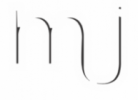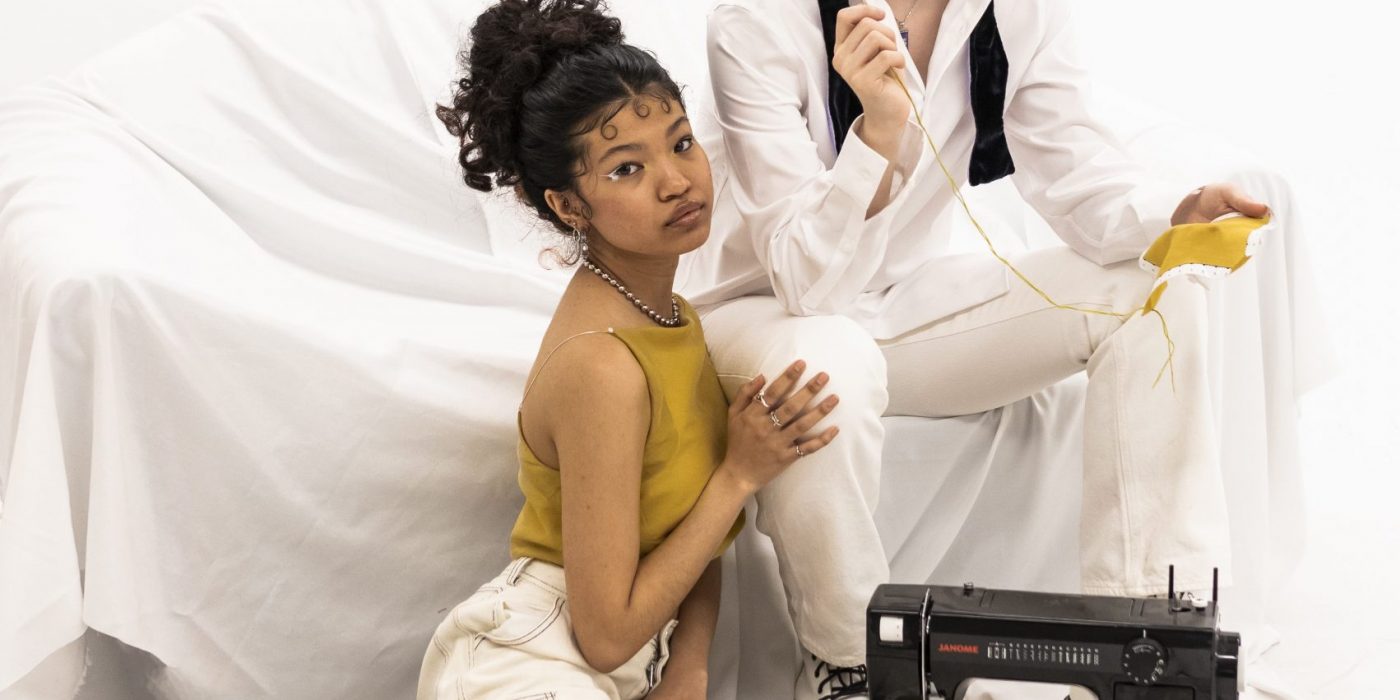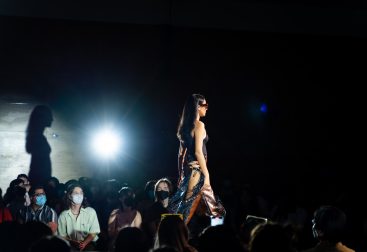Writer & Director
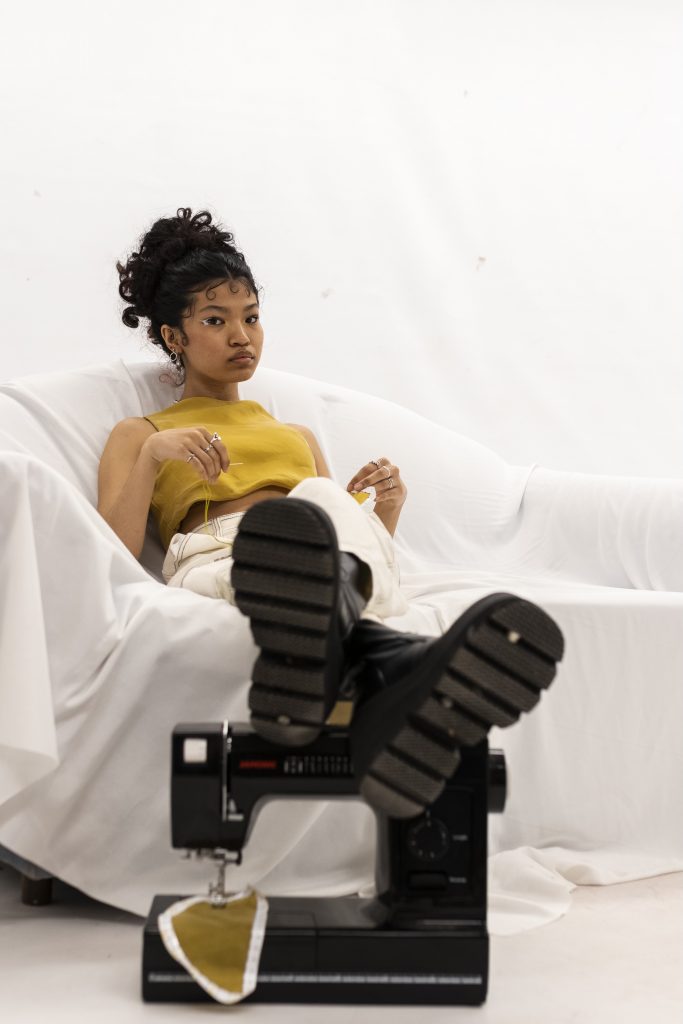

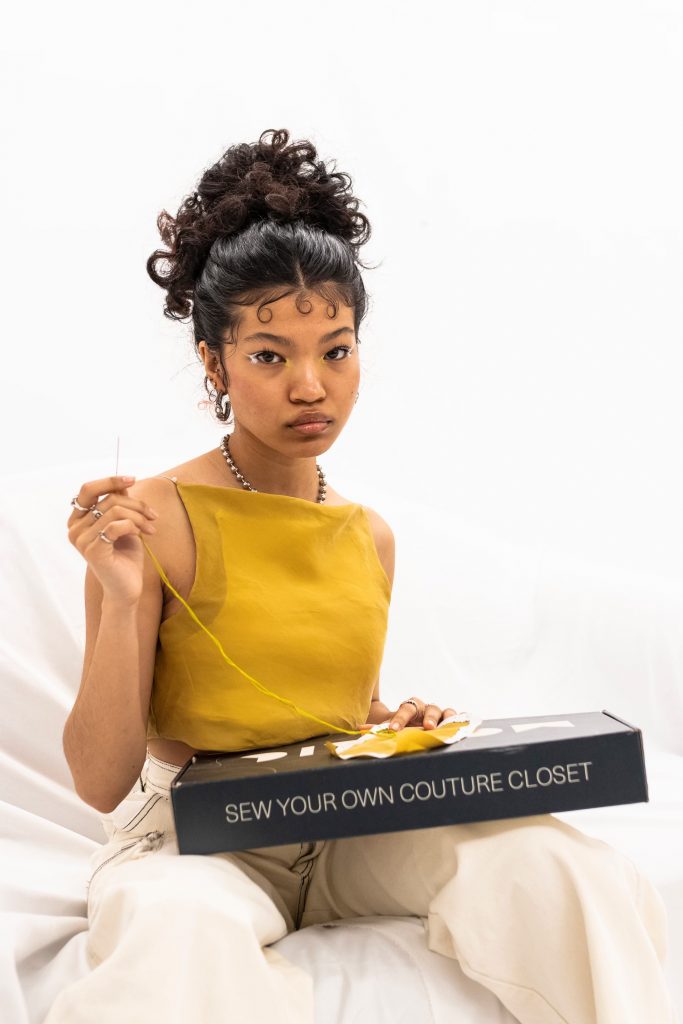

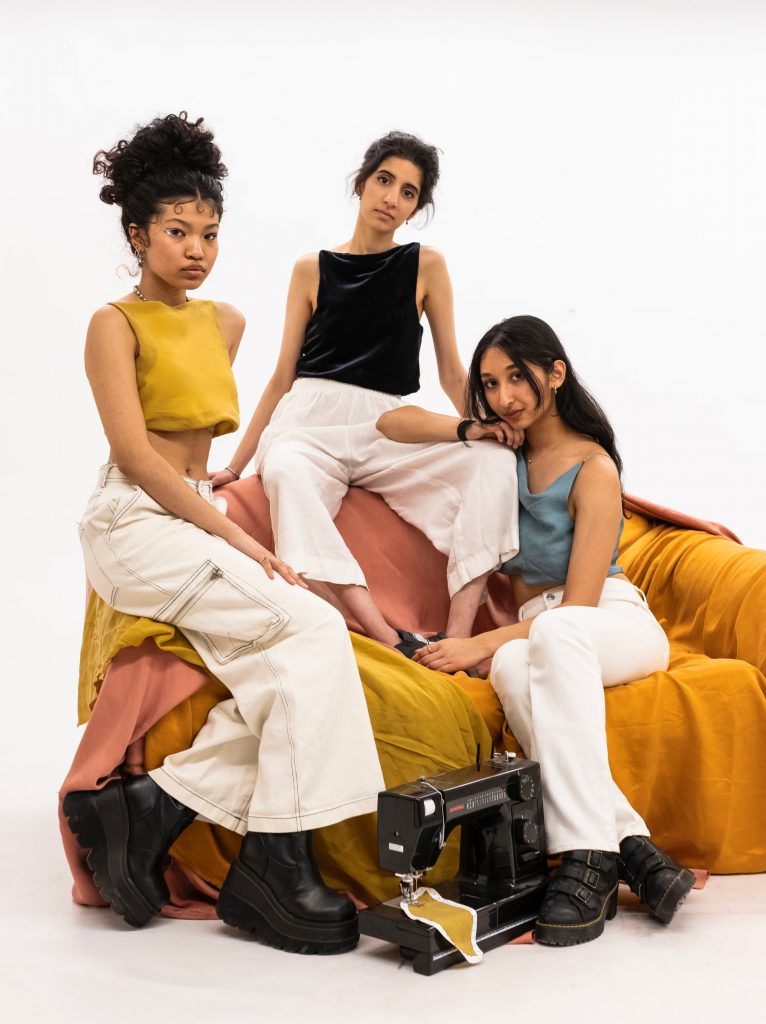
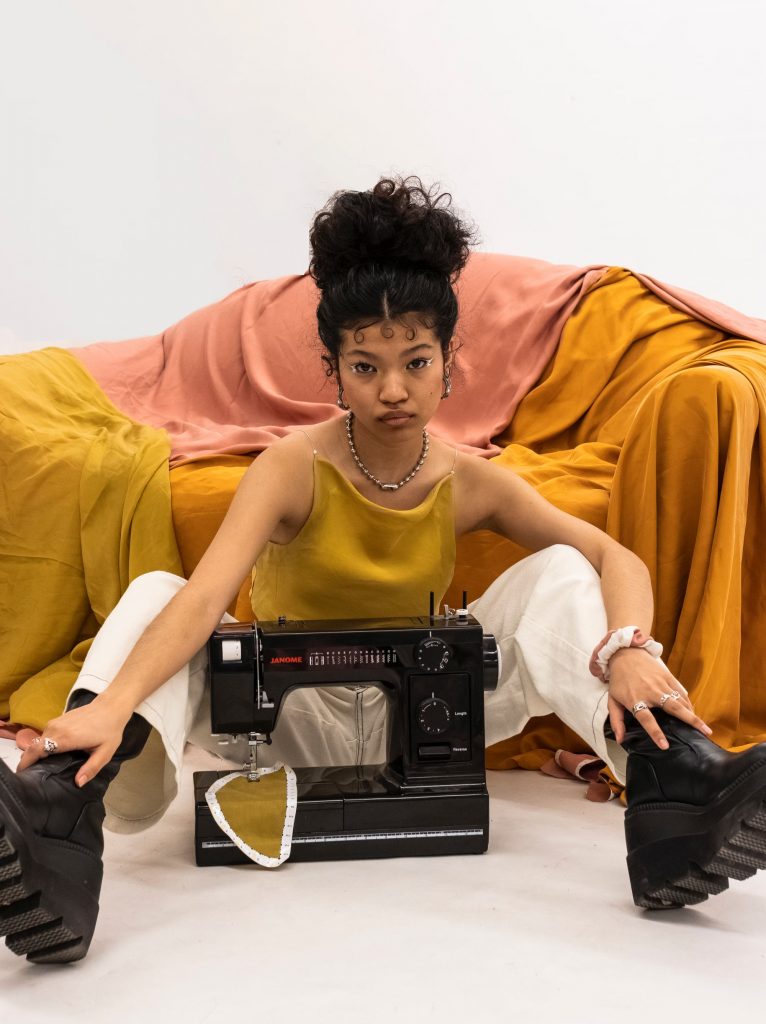
The Future of Fashion Design
Written by Manya Jain
I’m scared of my sewing machine. This was the startling revelation I came to after spending countless nights hunched over my machine. Armed with a seam ripper and growing frustration, I decided I was not equipped for the treacherous journey to make it through the fashion design world. I was pretty sure I was going to sew through my finger at this rate. I wanted to throw my sewing machine out of the window and never enter a fabric store again.
The onslaught of the pandemic brought forth a strange mixture of insanity and boredom that refueled the need for hobbies. As people turned to obsessively baking bread, some dove head first into fashion design, myself included. Sales for sewing machines shot up, terms like thrift flip emerged, and “Sew-Tok” was born. As more and more people were drawn to sewing, the high barrier to entry and learning curve were made apparent. Despite recent advancements in the fashion design industry, I soon realized it remains heavily guarded.
One balmy summer evening, I came across what seemed like the holy grail to all my sewing problems: Novoloom. Novoloom, a Seattle based fashion-tech startup, is reinventing current practices in fashion design by uncovering the realm of casual sewing. MOSAIC by Novoloom is a line of customizable sewing kits that utilize a sew-by-numbers method to provide people a way to easily design and sew clothing. The founders of Novoloom, Sabreen Mohammed and Daaniya Iyaz, shed light on the future of fashion design through Novoloom.
Mohammed credits her initial step into the fashion design world to painting. Her first touch with digital illustration started with the popular software of the early 2000’s: Microsoft Paint. “I loved being able to turn a blank canvas into anything I wanted.” She reminisces about including clothing concepts and mood boards in her paintings before recognizing what fashion design truly was. Growing up, Mohammed was mesmerized by Project Runway. “The designers were basically painting, but with needle and thread. I knew right then that I wanted to be able to do that.”
Iyaz’s interest in fashion design was sparked by size-inclusivity and sustainability. She states as someone under 5-feet, she often struggled with finding the right fit. “I wanted clothing that didn’t make me look like an Oompa Loompa.” She believes that everyone has their own fashion blueprint but current clothing offerings are steeped in consumerism and molded to follow microtrends. She wants everyone to be able to wear exactly what they envision on their original blueprints.
Mohammed realized early on that the fashion industry is very exclusive, locked away in an ivory tower. Each step up is filled with nuisances: confusing instruction manuals, troubleshooting sewing machines, sewing jargon, and outdated patterns. Mohammed recounts her struggles while self-teaching herself how to sew.“It clearly wasn’t as easy as they made it look on Project Runway.” Navigating each piece of the sewing journey pushed her confidence further and further down. “I wanted to make the outfit of my dreams, and I wanted it to be perfect.” While the fashion industry has made many strides in lowering the barrier to entry in recent years, it has a long way to go.
After a rough dive into fashion design, Mohammed started to notice the similarities between graphics programming and pattern making. “Pattern making is essentially a formula.” Having a background in computer science, she took to implementing an algorithmic approach to generate custom-fit patterns. After programming her initial ideas, she began to add more features that she believed could help modernize the process of sewing. “The sew-by-numbers system is definitely the most significant idea that I implemented”, she remarked. “It’s like paint-by-numbers but for clothes.” Mohammed reiterates how sewing needs to be more accessible by reducing its complexity. She exclaims “I just want to be able to turn my brain off and sew!” Unlike knitting and crocheting, sewing is not a couch activity. Novoloom’s patent-pending sew-by-numbers approach tells you exactly what to do. “As long as you can count and know how the alphabet works, you can make something super professional on your first try.” Novoloom strives to make sewing accessible to people of all skill levels. “The MOSAIC kits are completely doable by hand. It brings in all of these people who don’t have access to a machine or are not quite ready to use one” Novoloom’s DIY sewing kits essentially serve as training wheels for people to ride along at their own pace.
Mohammed says the fashion industry is rapidly changing with sewing robotics and textile manufacturing and printing. “We are actively living through an explosion of tech.” Recent developments with 3D scanning and measuring through augmented reality are being utilized by Novoloom in order to design custom fit clothing. Mohammed’s passion for size inclusivity stems from many of her struggles with retail shopping. “I hated falling in love with an outfit and then realizing that it wasn’t my size”, referring to the notion that all bodies neatly align with a standard size. Limited coverage of the gamut of human body shapes isn’t the only flaw with standard sizing: Iyaz also contends that “good fit is subjective to the wearer of the garment.”
Novoloom’s co-founders aren’t just after the perfect fit — they want to put a virtual bespoke tailor in your pocket. Currently in the works is a digital garment editor which allows users to sculpt an outfit’s silhouette, upload their own prints, and view a simulation of their creation, all without leaving their browser window. “We are often told that this is a bad idea, and that we can’t expect the average person to design their own outfits,” Mohammed explained. “But you could have said that about video content creation like 10 years ago. And now, look at what TikTok has done — everyone and their grandma is creating these insane music videos.”
Mohammed wants fashion design to be as simple as cooking. “If you want to cook something, you can easily search up a recipe, buy the exact ingredients, and make whatever you want” Similarly, Novoloom is working towards building a future where you choose an outfit, customize it to your preference, and receive it as a sew-by-numbers kit. Mohammed believes that apps like TikTok are successful at democratizing content creation because they automate the more tedious parts of the creative process. They incorporate algorithms that suggest songs that fit the “beat” of the movements in your footage, or auto-generate color palettes to pop against the pixel colors detected in your video’s frames. Similarly, Novoloom wants to make fashion design feel like a breeze by giving users an invisible helping hand. “We’re experimenting with using generative AI and neural networks to auto-generate flattering prints for your garments, as well as computer suggested options for your ongoing design project. It’s like a spell-check, but for making sure you’re following garment design standards.” Mohammed and Iyaz have big visions for the future: generating fit decisions and fabric prints based on a user’s inputted preferences, interactive sewing manuals with real time feedback, and developing a whole “ecosystem” for those interested in sewing are just a few of the ideas they toy with.
As a closing note, I asked Iyaz and Mohammed what direction the fashion design industry should be moving towards. Here’s what they had to say:
“I don’t have all the answers, but I want people to be able to make decisions for themselves. I have a vision for myself and my own fashion and style. I want people to be able to make what they envision for themselves. – Daaniya Iyaz
“ People should be able to have the closet of their dreams. There is so much creativity out there, but people are scared to explore it. I really want to make fashion design as easy as possible. And in order for my vision to become a reality, I foresee moving from a model of mass manufacturing to customization and made-for order. That way people get exactly what they want, how they want, and without waste. ” – Sabreen Mohammed
